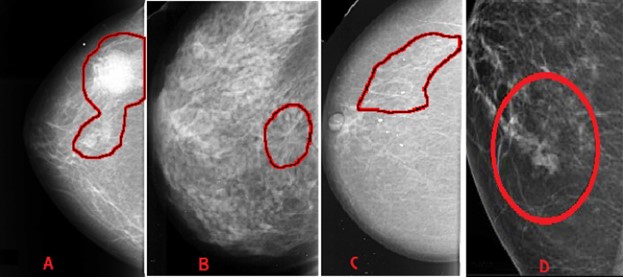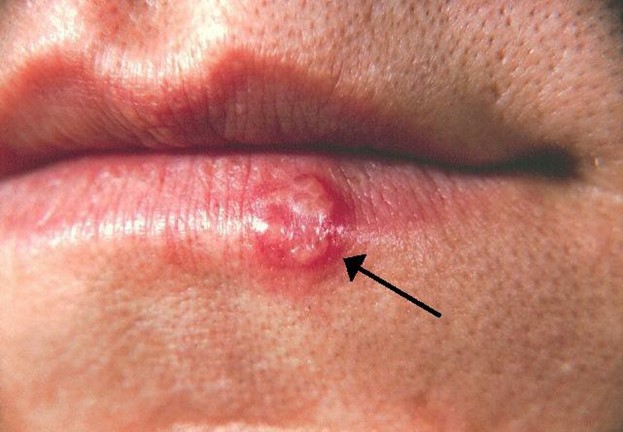A client is coming to the office to have a growth removed by the doctor. The client asks "What does cryosurgery do to the growth?" What is the correct response?
Through the application of extreme cold, the tissue is destroyed.
Lasers the growth off.
Removes the entire growth.
Freezes the growth, so the physician can remove it at the next appointment
The Correct Answer is A
Through the application of extreme cold, the tissue is destroyed. Cryosurgery is a procedure that uses extreme cold to destroy abnormal tissues, including tumors and growths. Extreme cold is applied directly to the affected area, and this damages the cells and causes them to die. The destroyed tissue is then gradually absorbed by the body's natural healing processes. Therefore, the correct response to the client's question is that cryosurgery destroys the tissue through the application of extreme cold.
B is not the correct answer because laser surgery uses heat to destroy the tissue, not extreme cold.
C is not the correct answer because cryosurgery does not necessarily remove the entire growth.
D is not the correct answer because cryosurgery freezes the growth and destroys it, not freezes it for removal at a later time.
Nursing Test Bank
Naxlex Comprehensive Predictor Exams
Related Questions
Correct Answer is B
Explanation
. A biopsy is a procedure in which a sample of tissue is removed from the suspicious area and examined under a microscope to determine if the lump is cancerous or benign. An ultrasound uses sound waves to create an image of the breast tissue and is often used to evaluate the lump further. A clinical breast exam is a physical examination of the breast by a healthcare provider. Magnetic resonance imaging (MRI) may be used to obtain additional information about the lump, but it is not the primary diagnostic test.

Correct Answer is D
Explanation
Herpes remains dormant in the body and can recur at any time, which is important information for the nurse to understand when discussing sexually transmitted infections with clients.
Gonorrhea, chlamydia, and syphilis can be treated with antibiotics, so they do not remain dormant in the body.

Whether you are a student looking to ace your exams or a practicing nurse seeking to enhance your expertise , our nursing education contents will empower you with the confidence and competence to make a difference in the lives of patients and become a respected leader in the healthcare field.
Visit Naxlex, invest in your future and unlock endless possibilities with our unparalleled nursing education contents today
Report Wrong Answer on the Current Question
Do you disagree with the answer? If yes, what is your expected answer? Explain.
Kindly be descriptive with the issue you are facing.
